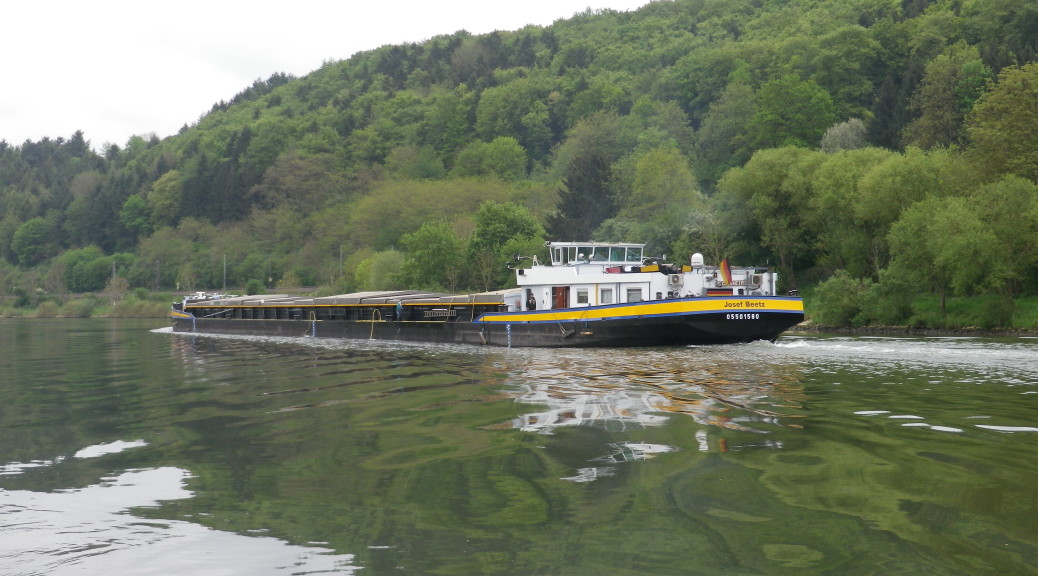Little country, big sparkling wines, and a mid-sized bike trail. Luxembourg, tucked between Germany, France, and Belgium, is a small jewel of a place. It has taken the best of French and German wine-making and culinary practices, and incorporated them into its own. This is especially true of its sparkling wine production techniques.
All three countries have well-established wine-making traditions. Each produces wines in a way suited to its particular regions. What unites the three countries’ wine-making traditions in this region is the Moselle River. Leaving France just south of Schengen, the river then runs between Germany and Luxembourg for some 42 kilometers. Within such a short distance, the Luxembourgers have successfully maximized their limited opportunity to grow grapes. The result of this geographic happenstance is lots of wine, which pairs with good food, and tranquil countryside.
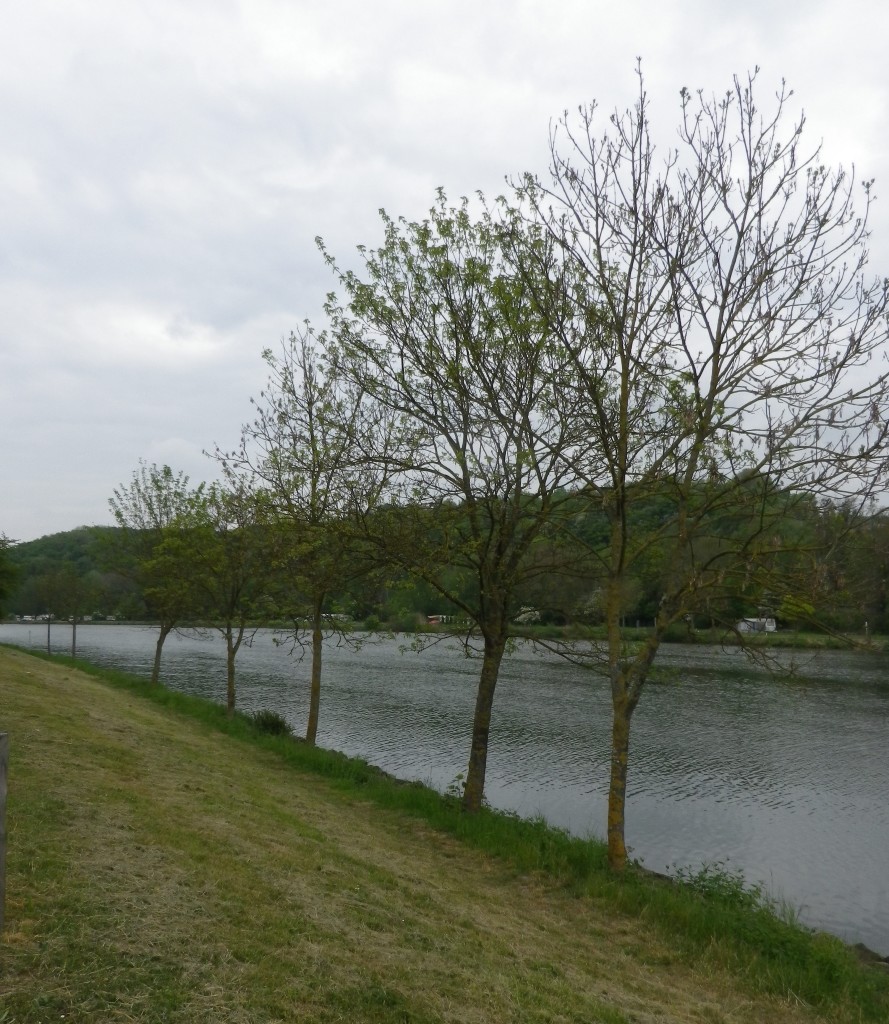
I found a bike trail online that would give me a chance to experience this region’s wine, food, and countryside. The trail is set in the heart of the Luxembourg wine country, thus providing ample opportunity to sample some unique wines, as it passes through some of the more well-known towns along the river.
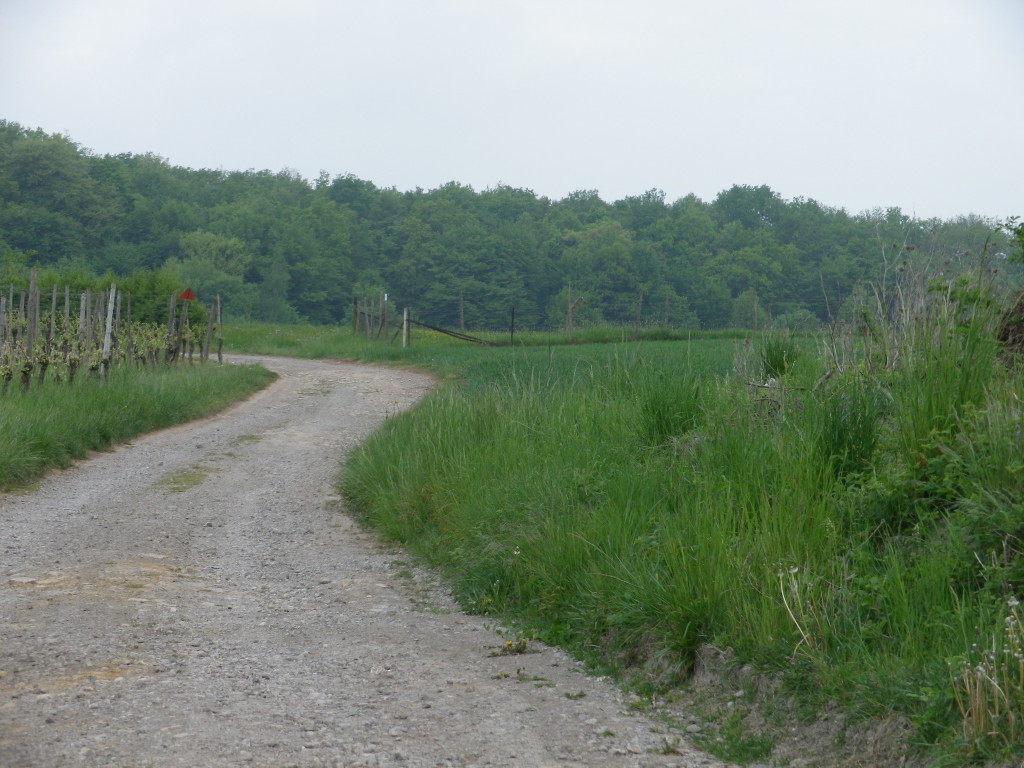
Beginning the ride in Ehnen, officially just outside the Wine Museum, the town recedes from the river to the base of the hills covered by its claim to fame: the vineyards. Climbing the hills which rise steeply away from town, the trail soon plateaus. I used the opportunity to catch my breath, and enjoy the views of the river before continuing through vineyards to the next town.
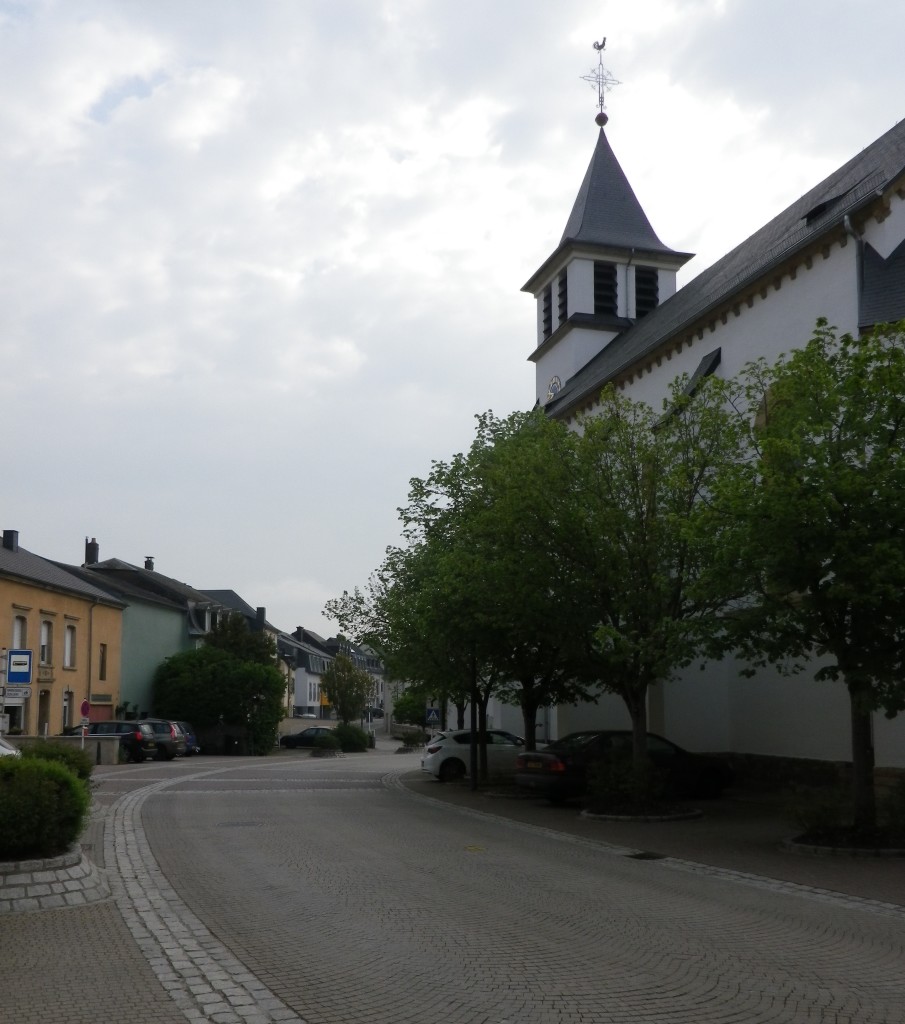
Coming off the hillside, I found myself in the wine village of Greiveldange, so quiet I thought it deserted. Cows grazed in the meadows on the edge of the town, watching as I biked by them. Thoughts of a cheese plate for dessert that evening flashed through my head.
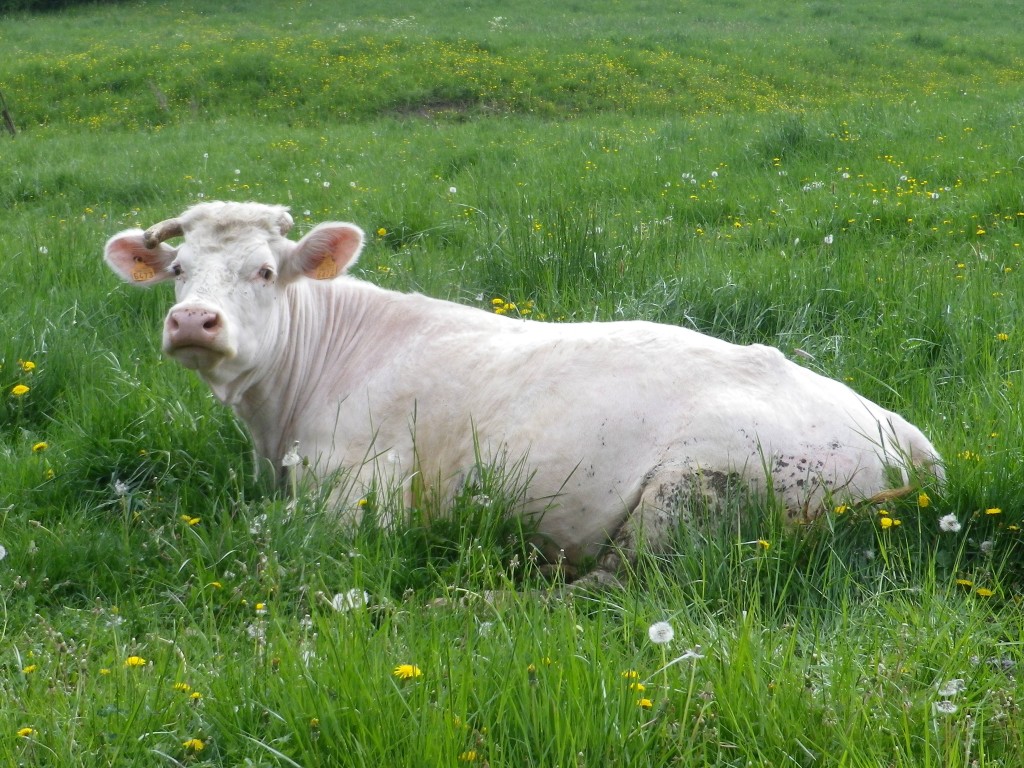
Pedaling along a country road hidden behind the green hills lining the river, I burned off the calories I would be consuming that evening. Like a giant roller coaster, the road took me up then down, a couple of times, around curves, and finally into the village of Bous. My next goal was conquering the endless hill outside Erpeldange, but the end result was worth it. On a hill high about the wine village of Wellenstein, there was a great picnic site with all the requisites: tables, shade, great views and a cool breeze.
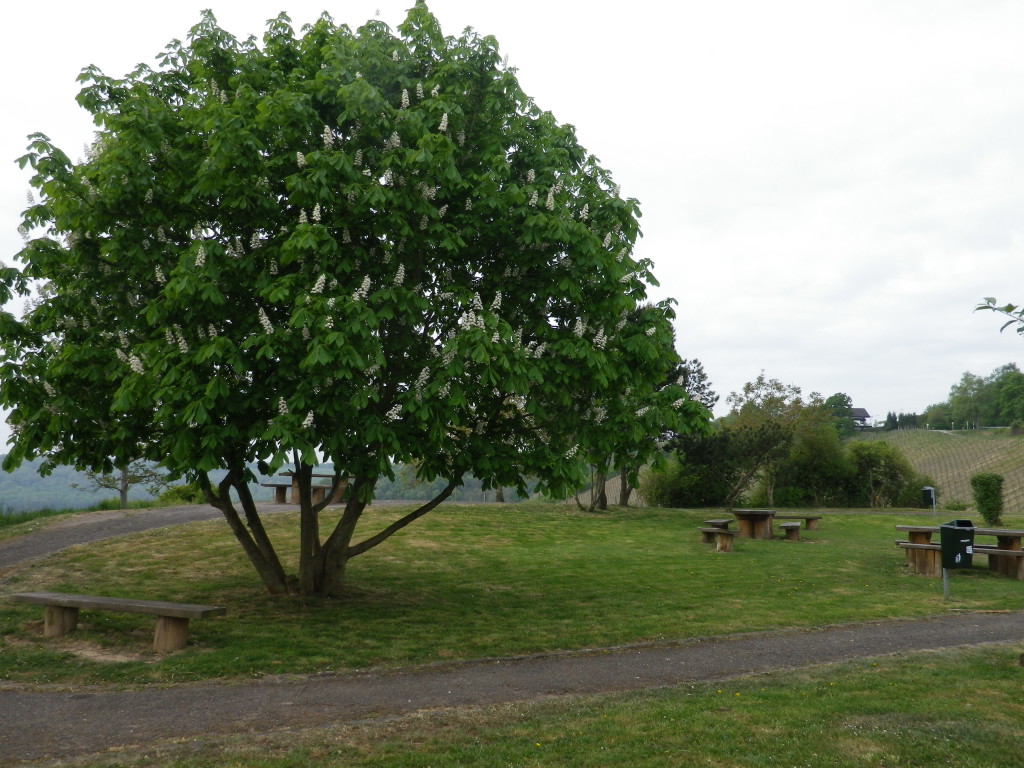
The trail then headed downhill, and into the town of Remich, a great small town with a wonderful small-town atmosphere: friendly, laid-back, and welcoming. A quirky statue of Bacchus, mini-golf, an outdoor pool, wine cruises, are just some of the things I saw while riding along the bike path on the river’s edge.
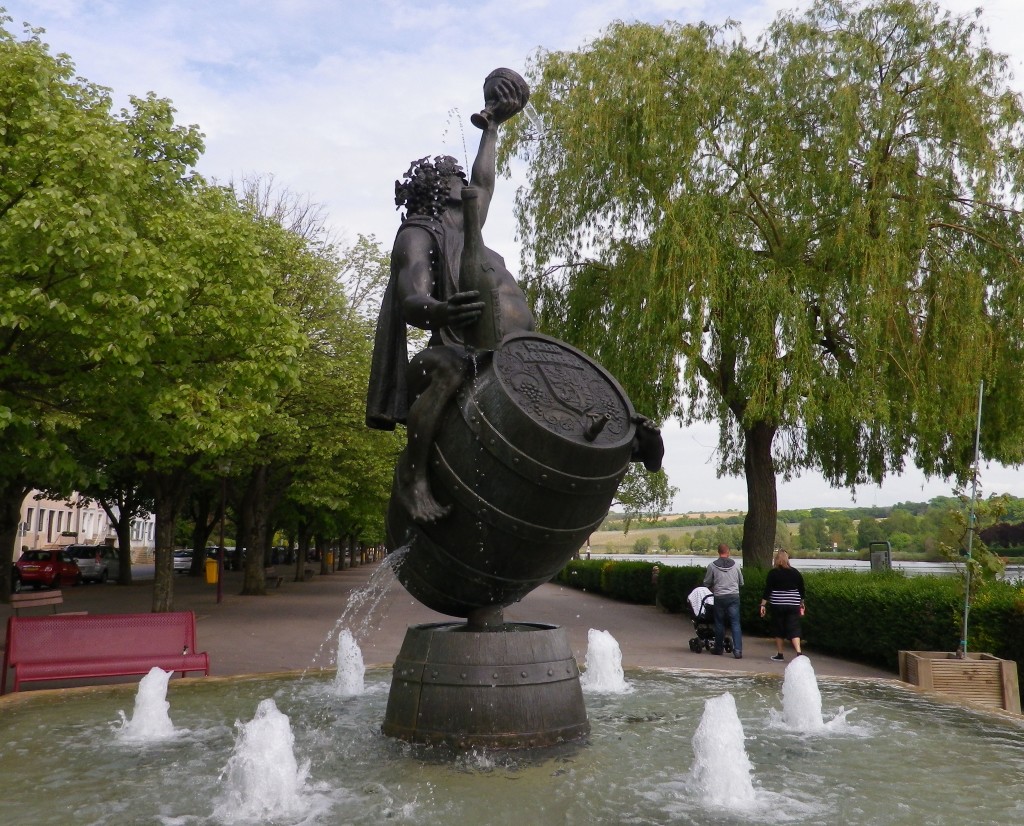
The trail from Remich to Stadtbredimus affords ample opportunity to experience the Moselle. Barges move up and down river, anglers line the banks in spots, families watch the river scene from nearby benches, bikers and walkers make their way along the wide, paved, vehicle-free path. Wine enthusiasts have several chances to sample local wines: I counted at least 4 open wine cellars on this section of the trail.
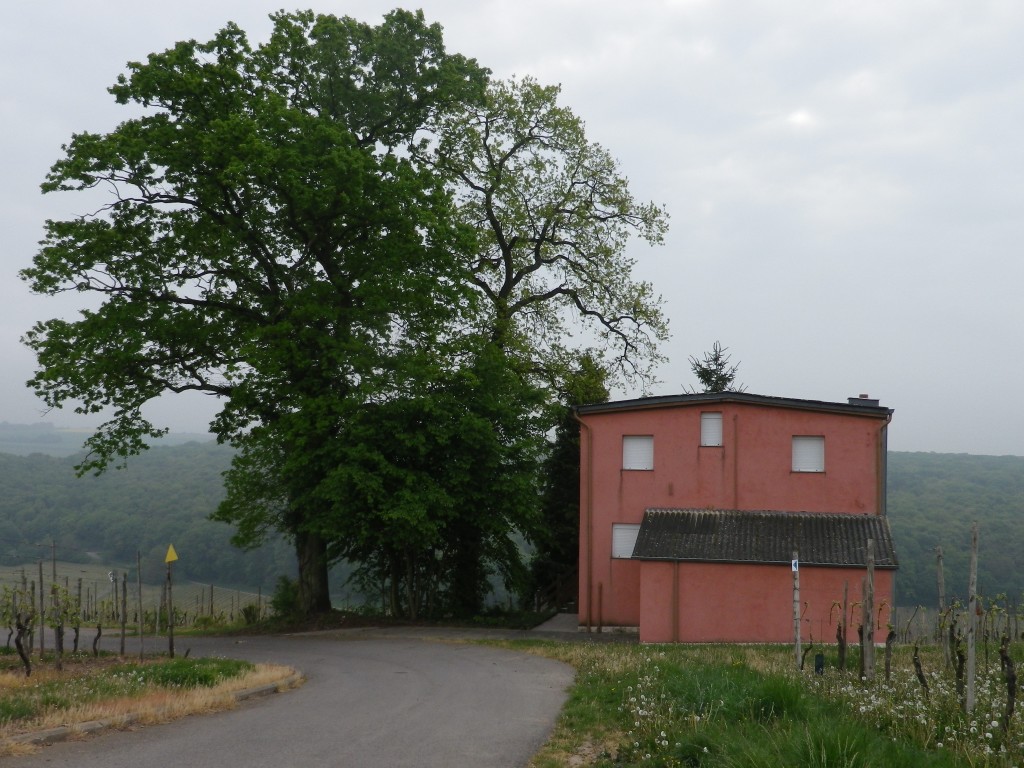
But a couple more hills to go, one leading high above Stadtbredimus and back into Greiveldange, past yet another wine cellar. As I left Greiveldange behind, the trail followed along a ridge overlooking the Moselle, through quiet fields and vineyards. On the hill above Ehnen, I passed what I refer to as “the pink house”. A shocking color, it is an unmistakable and unforgettable reference point on the trail. It was my second time there, and I knew the trail would soon end back at the start point. I’d really experienced a good ride, and only wished I had more time to bike the trails through this charming area.
